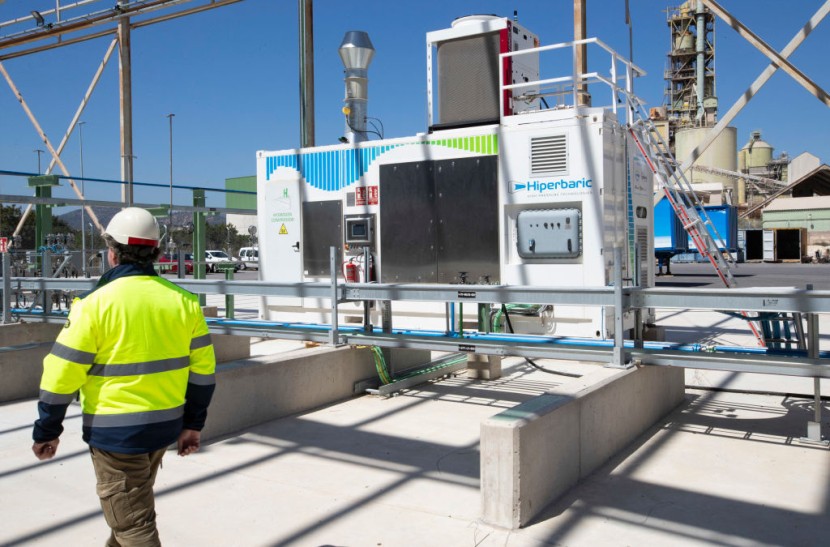The Silicon Valley Company Ohmium announced that it raised $250 million, which will increase machine production for clean hydrogen.
The Growing Demand for Clean Hydrogen
Over 60 percent of energy and utility companies are planning to put money into low-carbon hydrogen efforts by 2030, as reported by APNews. Ohmium will play a significant role here by making electrolyzers, which are devices that take water and split it into hydrogen and oxygen.
Ohmium will use the $250 million to scale up its plant in Chikkaballapur in, India, and continue research in its California headquarters to reduce production costs and increase its workforce.
The plan is to make enough electrolyzers every year, enough to supply two gigawatts' worth of hydrogen, which can help a few steel, fertilizer plants, or refineries.
Many countries and industries are now setting targets to cut carbon dioxide from heavy manufacturing using hydrogen. There are also plans to use it in power generation and transport. In fact, the US, European Union, Canada, and India are offering tax credits and production incentives for clean hydrogen.
Read also: Scientists' Discovery of New Room-Temperature Superconductor Meets Resistance
The Need for Electrolyzers
Electrolyzers are essential for producing clean hydrogen, which can be used as fuel for various industries. They work by splitting water into hydrogen and oxygen using electricity, with the hydrogen then being captured and stored for use. As the demand for clean hydrogen increases, the need for efficient and cost-effective electrolyzers also grows.

Ohmium's investment in scaling up production and reducing costs is a crucial step towards meeting this demand and supporting the transition to a low-carbon economy.
The use of hydrogen as a clean energy source is gaining traction in the global effort to reduce carbon emissions and combat climate change. Hydrogen fuel cells offer an alternative to traditional fossil fuels, providing sustainable power for transportation, heating, and electricity generation.
While there are other methods of producing hydrogens, such as steam methane reforming or gasification processes that utilize coal or biomass feedstocks - these can contribute to greenhouse gas emissions if not done properly.
Electrolysis offers a cleaner way forward by using renewable energy sources like wind turbines or solar panels, which it produces no harmful waste products.
As more industries look towards decarbonization through electrification and green technologies, electrolyzers will become increasingly important tools for reducing carbon footprints in heavy manufacturing sectors such as steel production, where high heat outputs are required over long periods without interruption; fertilizer plants where ammonia synthesis requires large amounts of natural gases emitting CO2 into the atmosphere during processing stages; refineries converting crude oil into various petrochemicals including gasoline diesel oils along with industrial lubricants, etc.
Electrolyzer technology also improves steadily due primarily because advancements made possible by increasing efficiency levels leading ultimately towards mass-production at lower costs per unit, thereby making it easier than ever before to adopt this emerging technology across different fields globally while supporting efforts aimed at achieving net-zero targets soonest possible time.
Related article: Scientists Try To Duplicate Continuous Nuclear Fusion That Was Once Achieved Under Lab Conditions








